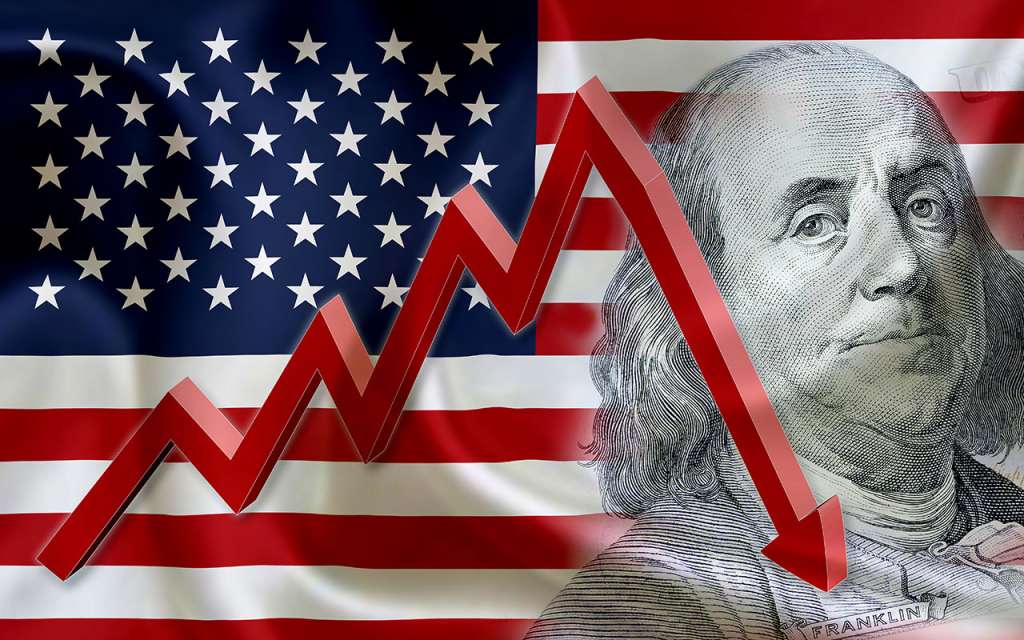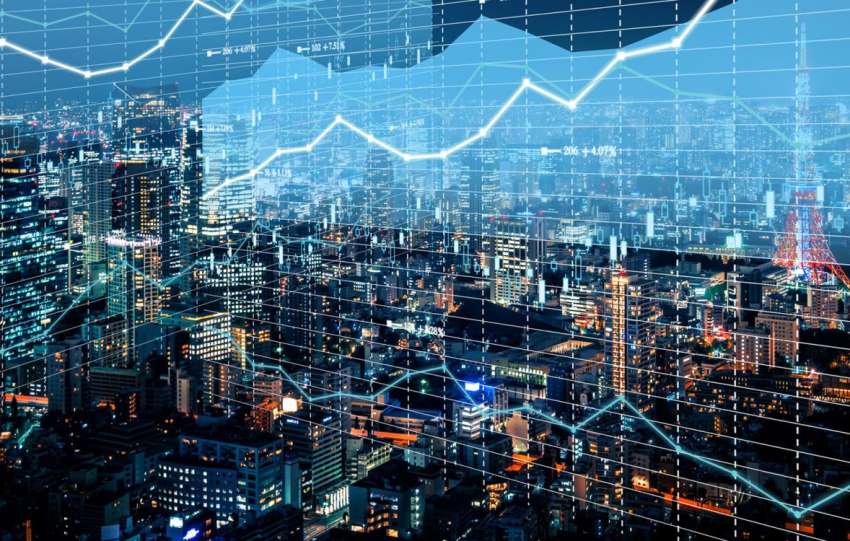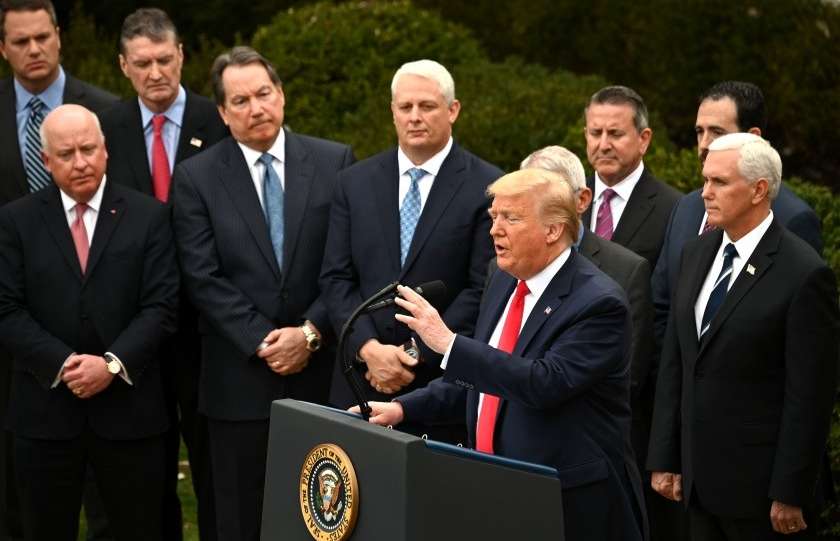The Federal Reserve has been on a steady path of increasing interest rates to draw money out of the economy and slow down the rate of inflation. Its efforts are yielding some results as inflation slowed down again in December 2022 to a rate of 6.5%, according to the Consumer Price Index (CPI). The cost of food at home increased by 0.2%, while the cost of food away from home rose by 0.4%. Fuel prices decreased by 9.4% from November.
As soon as economists saw that inflation was not transitory but longer-lasting, they began considering the potential for a recession. With higher prices persisting even after the Federal Reserve raised interest rates, the expectation for a recession only mounted.

For many years, it seemed that the United States could grow its way out of any economic problems, but that strategy is not sustainable anymore. Inflation is expected to continue rising until 2021 because oil prices are expected to rise further and consumer spending will remain strong despite higher interest rates.
These numbers make it sound like the economy is recovering, but inflation is still higher than the Federal Reserve would like. As a result, they will continue to keep rates high and possibly increase them more.
Despite a wave of high-profile layoff announcements, most workers are still employed. Last week, the Bureau of Labor Statistics reported that the number of people filing for unemployment benefits fell to a nine-month low of 186,000. The unemployment rate remains at 3.5%, the lowest in a half-century. And there are about 10.5 million job openings.
At the same time, many workers who have been displaced from their jobs may not be able to find new ones because companies don’t want to hire them because of their age, experience, or skill set — or perhaps all three factors combined. Many employers are hiring younger workers with fewer skills because they believe they’re less likely to retire prematurely and cost them money by taking long-term disability coverage off their books or requiring expensive health benefits that could be paid out over decades instead of years as most new hires do now.
The housing market has been a major driver of economic growth for the past several years. But now, experts are warning that the housing market is slowing down.
Housing activity has been on the decline over the past year as mortgage rates remain elevated. Energy prices have also slumped from highs last summer, and manufacturing activity dropped for the eighth-straight month in June with the manufacturing PMI clocking at 46% last month – close to levels that have traditionally been associated with a recession.
“The economy is slowing down,” said Patrick Newport, global macro strategist at UBS Securities LLC in New York. “People are getting worried about what’s going on in China and Europe.”

Bank of America economists expect GDP to grow just 1.5% over the second quarter, before slowing down through the rest of the year. A mild recession will likely last for the first half of 2024 as the rolling downturn spreads through other areas in the economy, Banks said, estimating a 1%-1.5% slowdown in GDP for the first and second quarters next year.
Meanwhile, other areas of the economy have remained buoyant. The services sector was strong over the first half, as American consumers are still spending despite the gloomy economic backdrop. US GDP also expanded by 2% in the first quarter.
Most economists agree that the US is not yet in a recession. The Gross Domestic Product report released last week showed that the economy grew by 2.9% in the fourth quarter of 2022 after growing by 3.2% in the previous quarter. That’s more than enough to get past the technical definition of a recession as two consecutive quarters of negative growth.
It is difficult to predict how long a recession will last. The National Bureau of Economic Research (NBER) has official responsibility for triggering a recession, but not even the NBER can predict how long it will last. The general indicator of a recession is two-quarters of negative gross domestic product (GDP) growth, but that’s just an indicator. In 2022, real GDP fell by two quarters, but other economic indicators showed that the economy was not in recession.
Recessions usually end with a whimper, not a bang. It’s hard to define a recession, but it’s just as hard to name it. The same problem with the NBER, which officially declares a recession as soon as it starts, also occurs at the end. The recession could end and not be officially declared for several months. The best indicator of the end of the recessionary period is the return of economic activity to an upward and stabilization trend.





